Get Started for FREE
Sign up with Facebook Sign up with X
I don't have a Facebook or a X account

 Your new post is loading... Your new post is loading...
 Your new post is loading... Your new post is loading...
BigField GEG Tech's insight:
A new tool available for gene transfer. Interesting for the fields of investigation of ocular therapies.
More formally known as “Clustered Regularly Interspaced Short Palindromic Repeats,” CRISPR is a novel genome editing technique based on the inherited, adaptable immune system of bacteria which has become red hot in ...
BigField GEG Tech's insight:
Homing endonucleases (HEs) can be used to induce targeted genome modification to reduce the fitness of pathogen vectors such as the malaria-transmitting Anopheles gambiae and to correct deleterious mutations in genetic diseases. We describe the creation of an extensive set of HE variants with novel DNA cleavage specificities using an integrated experimental and computational approach. Using computational modeling and an improved selection strategy, which optimizes specificity in addition to activity, we engineered an endonuclease to cleave in a gene associated with Anopheles sterility and another to cleave near a mutation that causes pyruvate kinase deficiency. In the course of this work we observed unanticipated context-dependence between bases which will need to be mechanistically understood for reprogramming of specificity to succeed more generally. Via THE_inteins
BigField GEG Tech's insight:
Relative transgene expression frequencies in homozygous versus hemizygous transgenic mice - Springer
BigField GEG Tech's insight:
DNA transposition by protein transduction of the piggyBac transposase from lentiviral Gag precursors
BigField GEG Tech's insight:
The smart design of a lentiviral vector that brings a genome editing tool such as a protein. A useful tool for gene transfer!

BigField GEG Tech's curator insight,
December 5, 2013 8:57 AM
The smart design of a lentiviral vector that brings a genome editing tool such as a protein. A useful tool for gene transfer!
|
BigField GEG Tech's insight:
The miniMAR variant of the human β-interferon S/MAR induces stable expression of non integrating lentiviral vector in dividing cells. Interesting element in gene transfer field!
BigField GEG Tech's insight:

BigField GEG Tech's curator insight,
January 20, 2014 10:18 AM
Lentiviral vectors and CRISPR to serve a large scale screening of loss-of-function . Nice!
Jao et al., 2013, PNAS
A simple and robust method for targeted mutagenesis in zebrafish has long been sought. Previous methods generate monoallelic mutations in the germ line of F0 animals, usually delaying homozygosity for the mutation to the F2 generation. Generation of robust biallelic mutations in the F0 would allow for phenotypic analysis directly in injected animals. Recently the type II prokaryotic clustered regularly interspaced short palindromic repeats (CRISPR)/CRISPR-associated proteins (Cas) system has been adapted to serve as a targeted genome mutagenesis tool. Here we report an improved CRISPR/Cas system in zebrafish with custom guide RNAs and a zebrafish codon-optimized Cas9 protein that efficiently targeted a reporter transgene Tg(-5.1mnx1:egfp) and four endogenous loci (tyr, golden, mitfa, and ddx19). Mutagenesis rates reached 75–99%, indicating that most cells contained biallelic mutations. Recessive null-like phenotypes were observed in four of the five targeting cases, supporting high rates of biallelic gene disruption. We also observed efficient germ-line transmission of the Cas9-induced mutations. Finally, five genomic loci can be targeted simultaneously, resulting in multiple loss-of-function phenotypes in the same injected fish. This CRISPR/Cas9 system represents a highly effective and scalable gene knockout method in zebrafish and has the potential for applications in other model organisms.
BigField GEG Tech's insight:

Clem Stanyon's curator insight,
August 10, 2013 11:24 PM
With a bit of tinkering - modifying condon usage to better match that of the zebrea fish - the Cas9 protein would be expressed more effectively, which is probably how these researchers achieves such extremely high levels of targeted mutagenesis: 75-99%. This would also be the level needed to be able to modify the bulk of somatic tissue to overcome a dominant-negative allele, or to modify the genome of tetra- and hexa-ploid genomes.
PLOS ONE: an inclusive, peer-reviewed, open-access resource from the PUBLIC LIBRARY OF SCIENCE. Reports of well-performed scientific studies from all disciplines freely available to the whole world.
BigField GEG Tech's insight:
Characterization of a recently emmerged genome editing tool that combines an adenoviral vector and a hyperactive transposon. An essential step toward widespread use of this tool in the gene transfer field.

BigField GEG Tech's curator insight,
December 5, 2013 8:57 AM
Characterization of a recently emmerged genome editing tool that combines an adenoviral vector and a hyperactive transposon. An essential step toward widespread use of this tool in the gene transfer field.
Medical science has gone crazy for CRISPR: a breakthrough DNA repair technology that looks like the best bet yet for curing multiple genetic disorders.
BigField GEG Tech's insight:
CRISPR, the new system which "democratizes" the genome editing. Looking forward the future works about the off target!
|






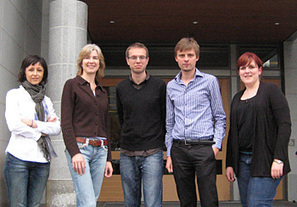
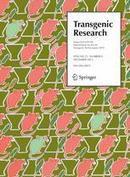
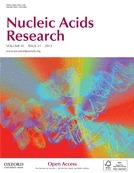
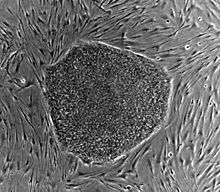


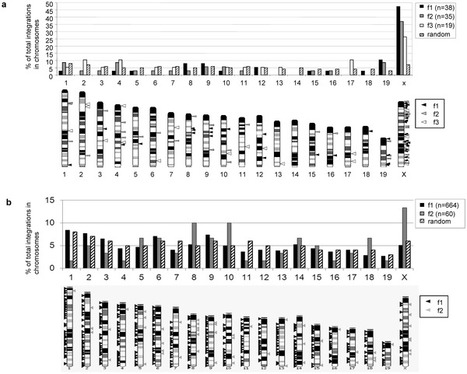






Great step for genome engineering!
http://geg-tech.com